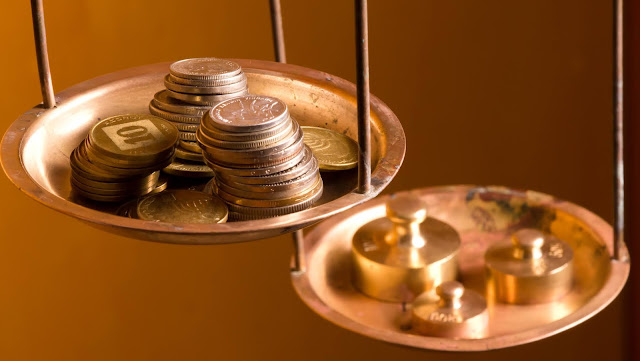Recycled Copper – why the scrap metal market is still booming

Copper is in demand. As the construction industry slowly emerges from the economic hit of the pandemic, copper is once again in demand, especially for copper wire and copper pipes and tubing. Yes, in some sectors plastic and even aluminium has replaced copper, but the red metal still holds its own. It is strong and malleable, used properly corrosion is not a problem, and it is a good conductor of electricity. And this last point is key. Not only is copper in demand for electrical wiring in buildings, it is an essential material for the rapidly growing “green” economy that is ever more reliant on cleanly generated electricity. So demand for copper is up, but primary supply is not currently keeping pace. Enter re-cycling. Recycled copper is not new, but the level of demand has been steadily increasing for several years , and now more than ever. It’s not a surprise therefore, that the scrap metal market is busy. Scrap copper: is it worth it? Scrap metal has always been worth something. Co...




